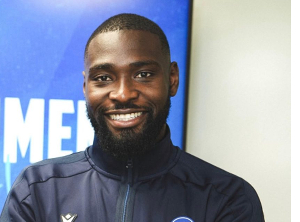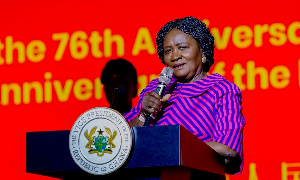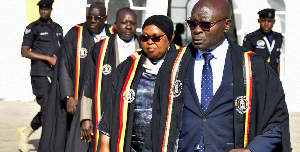The government’s agenda to achieve a 50:50 ratio of male to female enrolment is still a mirage, as male enrolment constitutes 58 percent of total enrolment in tertiary institutions across the country.
There are a total of 254,237 male students in the country’s tertiary educational institutions pursuing various programmes as against the 185,288 female counterparts, according to the latest data from the National Accreditation Board.
The data revealed that there are a total of 439,743 tertiary education students with 14,330 teaching staff.
Among universities, the disparity is wider in public universities, where women account for 40 percent of students, compared with private universities, where women enrolment stands at 42 percent.
The gender disparity in tertiary education enrolment is against the fact that women make up 52 percent of the population aged 15-49, the typical period of life when a person is likely to be pursuing undergraduate or graduate studies, and it shows how much more needs to be done to retain girls in school up to the highest level they can attain.
In general, enrolment in university has accelerated since the 1990s, when there were only government-owned institutions.
Business24 analysis of the data shows that 84 percent of students in tertiary education were in public institutions, including universities, technical universities, colleges of education, and colleges of agriculture.
The nation’s premier university, University of Ghana, has a total student population of 40,342, according to the data. Out of this figure, 22,054 are male students while 18,288 are female.
The Kwame Nkrumah University of Science and Technology (KNUST) has a student population of 45,638, of which 29,278, representing 64 percent, are male with the remaining 36 percent being female.
The University of Cape Coast has a total student population of 57,909, with 57 percent being male.
The University of Education, which has the highest number of students of 61,836, has 61 percent of them being male.
In 1990/91 there were barely 10,000 people attending university in Ghana.
Education watchers have said the gender disparity in tertiary education can be improved if more girls are encouraged to go to Senior High School (SHS) and complete that level successfully.
They argue that in rural areas, where gender disparities tend to be wider than average, there should be a doubling of efforts to ensure that girls receive the necessary support and motivation to complete primary and secondary school successfully.
It is expected that with the introduction of the government’s Free SHS, more girls will be given the opportunity to go to school irrespective of their financial background.
General News of Monday, 1 June 2020
Source: thebusiness24online.net













